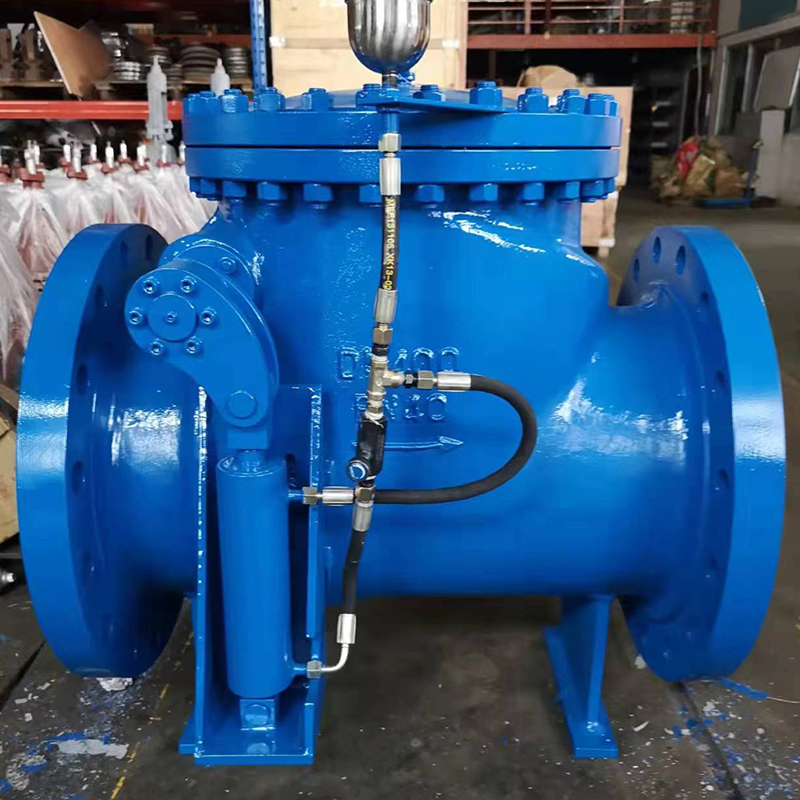
Check valves used in recirculating pump systems must withstand continuous operation, variable temperatures, and frequent cycling. These systems are common in hot water loops, heating systems, and hydronic circuits. Therefore, the choice of materials directly affects reliability, durability, and compatibility with fluid conditions.

Common Materials Used:
Brass: Widely used due to its corrosion resistance, good thermal conductivity, and ease of machining. Brass valves work well in domestic hot water and low-pressure systems.
Stainless Steel: Offers corrosion resistance, especially in systems where water may have higher mineral content or slightly corrosive additives. Stainless steel is suitable for both high-pressure and high-temperature environments.
Bronze: Similar to brass but with added strength and corrosion resistance. Commonly used in marine and industrial applications.
Plastic (PVC or CPVC): Lightweight and resistant to scale and corrosion, plastic check valves are used in low-pressure or non-metallic systems, especially where chemical resistance is needed.
Rubber or Elastomer Components: Often used for sealing elements such as discs or seats. Materials like EPDM or Viton provide flexibility and chemical resistance.
Material Selection Considerations:
Compatibility with water temperature and chemistry
Resistance to corrosion and scale formation
Pressure and flow requirements of the system
Maintenance and replacement expectations
Choosing the right material ensures long-term valve function and protects the recirculating pump from damage due to reverse flow or debris buildup.
Cast iron non-return valves, also known as check valves, are widely used in water supply networks, sewage systems, and industrial pipelines. They offer a balanced combination of strength, durability, and cost-effectiveness, making them suitable for large-diameter piping and moderate-pressure applications.
Key Advantages:
Structural Strength: Cast iron has high compressive strength, making it suitable for systems where mechanical durability is important. The rigid structure helps the valve maintain shape and sealing performance under continuous flow conditions.
Cost-Effective Material: Compared to materials like stainless steel or bronze, cast iron is more affordable, especially for larger valves. This makes it an economical option for municipal or utility-scale projects.
Corrosion Resistance (When Coated): While raw cast iron can rust, modern cast iron valves are usually coated internally and externally with epoxy or similar protective linings. This prevents corrosion from water exposure and extends the valve's service life.
Low Maintenance Requirements: These valves have relatively simple internal mechanisms and do not require frequent maintenance when installed correctly. Proper installation helps prevent jamming and improves overall reliability.
Good Flow Characteristics: The internal design typically allows smooth flow with minimal turbulence. When the valve closes, it effectively prevents reverse flow and helps reduce the risk of water hammer.
Common Applications:
Municipal water and wastewater treatment
Pumping stations
HVAC systems
Agricultural irrigation
Despite being heavier than other materials, cast iron non-return valves remain a preferred solution for many large-scale or fixed-location applications due to their mechanical performance and long service life.
The selection of a check valve, especially in terms of material and structure, should be based on the system's operational environment, pressure conditions, and fluid characteristics. Check valves for recirculating pumps must be built from materials that resist corrosion, withstand temperature fluctuations, and maintain sealing integrity. Meanwhile, cast iron non-return valves deliver dependable performance for large-scale or industrial systems where strength and cost-efficiency are key priorities.

